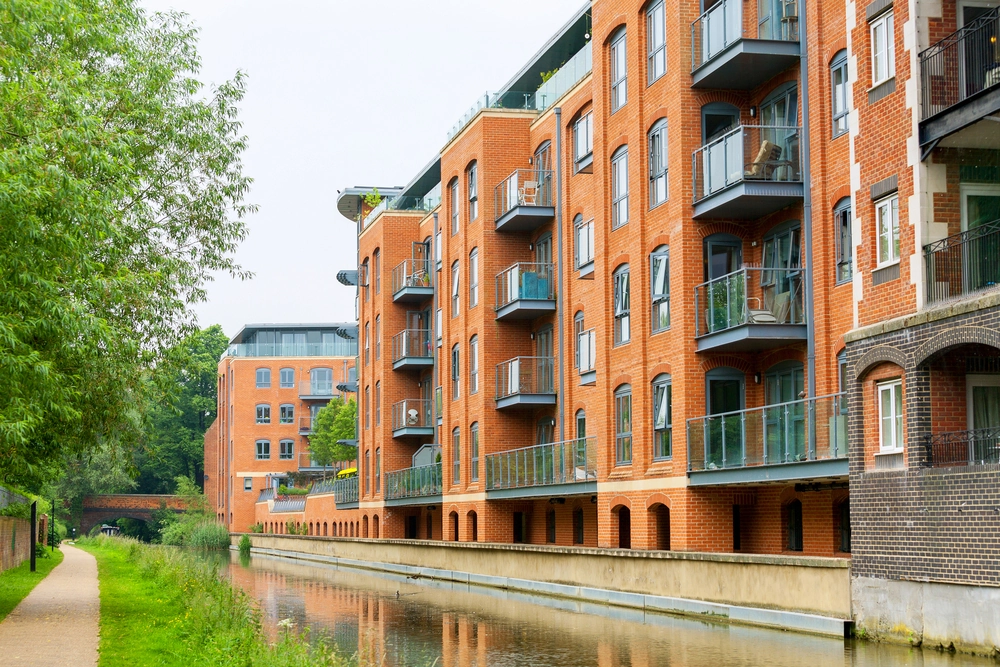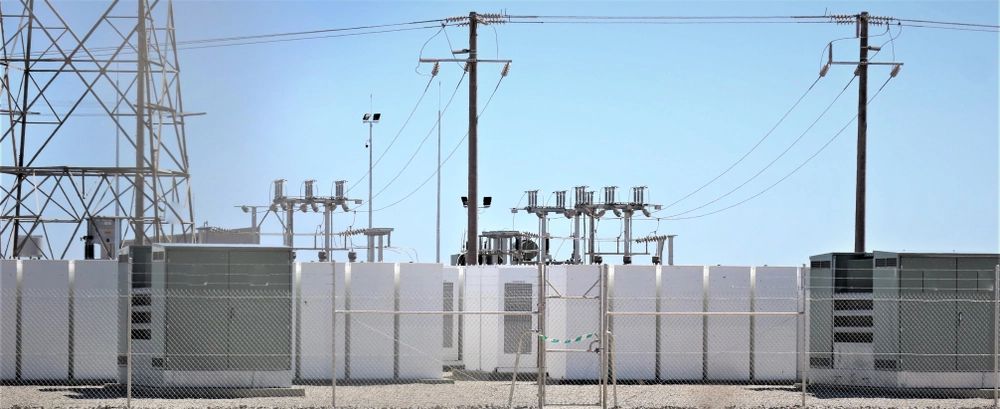
A turning point for developer claims under the Building Safety Act: URS Corporation Ltd v BDW Trading Ltd


On 21st May 2025, the Supreme Court handed down its judgment in the case of URS Corporation Ltd v BDW Trading Ltd [2025] UKSC 21. The decision provides clarity on several points concerning:
- "voluntary" behaviour in rectifying building defects;
- whether the retrospective effect of the Building Safety Act 2022 ("BSA") applies to non-Defective Premises Act 1972 ("DPA") claims;
- to whom duties under the DPA are owed; and
- when a contribution claim can be brought.
In this article, we will discuss the decision in more detail, as well as provide key practical considerations for developers and building owners in the construction sector.
Background
BDW Trading Ltd ("BDW"), a major property developer, instructed URS Corporation Ltd ("URS") to provide structural design services for high-rise developments. Following the Grenfell Tower fire in 2017, BDW investigated its portfolio and discovered two developments had serious structural defects.
Both developments had been sold to third parties long before the defects had been identified, and BDW no longer had a proprietary interest in either development. Although BDW had not received any claims by the owners or leaseholders of the properties to rectify the defects, BDW stepped in and carried out remedial works on the two properties. BDW then sought to recover the costs from URS.
The above all took place prior to the implementation of the BSA. At the time, BDW were time-barred from making a claim against URS under either the DPA or contract. It therefore brought a claim against URS in the tort of negligence. URS argued that it was not liable to BDW because BDW had no legal obligation to carry out the remediation works, and it had simply volunteered to spend money to remedy the defects.
At a preliminary issues trial heard in 2021, it was found that the losses which BDW claimed (save for reputational damage) were within the scope of URS' duty and that the losses were recoverable in principle. Causation and mitigation were ordered to be determined at trial.
Once the BSA came into force in 2022, retrospectively extending limitation for accrued claims under s1 of the DPA to 30 years, BDW applied for and was granted permission to amend its case to include a DPA claim and a claim under the Civil Liability (Contribution) Act 1978 ("Contribution Act") on the basis that both URS and BDW were liable under the DPA in respect of the same damage.
URS appealed the preliminary issues trial decision and the decision to allow BDW to amend its case. The Court of Appeal upheld the first instance decision. The case was subsequently referred to the Supreme Court, who granted URS permission to appeal on four separate grounds:
- Ground 1: Could BDW recover losses for URS' alleged negligence if those losses were "voluntarily incurred" such that it was outside of URS' scope of duty and/or too remote?
- Ground 2: Did the retrospective effect of s135 BSA apply in the present circumstances?
- Ground 3: Did URS owe a duty to BDW and were the alleged losses claimed by BDW recoverable for breach of this duty?
- Ground 4: Was BDW entitled to bring a contribution claim against URS under the Contribution Act?
Spoiler alert - the Supreme Court found unanimously in favour of BDW on every ground.
Ground 1: Could BDW recover losses for URS' alleged negligence if those losses were "voluntarily incurred" such that it was outside of URS' scope of duty and/or too remote?
Under this ground, the focus was on “voluntary” losses. URS argued that BDW were under no legal obligation to incur costs for the remedial works. When running this argument, URS relied on previous case law which it claimed established a “voluntariness principle“, meaning BDW’s costs were irrecoverable as they were too remote and not within URS’ duty of care.
The Supreme Court ruled that absent a ‘voluntariness principle’ the losses were not too remote and were within scope. The court also rejected URS’ arguments as to the ‘voluntariness principle‘ but clarified that voluntariness might be relevant to legal causation and mitigation.
The Supreme Court also held that, on the facts, it was strongly arguable that these costs had not in fact been voluntarily incurred by BDW in any event.
- There was a risk of personal injury or death to the homeowners if BDW decided not to take remedial action, which could lead to potential claims and give rise to a moral pressure to act.
- There was a legal liability under the DPA and in contract which was time barred but not extinguished.
- It was possible that BDW would suffer possible reputational damage if it did not act. Even if losses suffered as a result of ‘reputational damage’ were irrecoverable it was a relevant factor in assessing whether or not its actions were voluntary.
The Supreme Court concluded that “BDW had no realistic alternative“.
Although earlier courts had ruled that BDW could not recover damages for reputational damage, the Supreme Court considered that reputation was a factor that can be relevant when analysing whether the actions of a developer were truly voluntary. We will watch in anticipation to see how this principle is developed by the courts, and whether future case law will establish when a claimant’s actions are truly voluntary.
Building owners and developers will welcome this decision, knowing that they do not need to be under a legally enforceable obligation to incur costs for remedial works before it incurs them and then recovers them from responsible parties.
Ground 2: Does the retrospective effect of s135 BSA apply in the present circumstances?
The Supreme Court had to consider whether the effect of retrospectivity of the BSA can apply to claims which are dependent on the time limit under the DPA but are not in fact claims under the DPA such as, as in the present case, claims for negligence and contribution made by BDW against URS.
It was URS’ position that a party should not be allowed to rely on the BSA for any collateral purpose, and that BDW’s claims for negligence and contribution should not benefit from the retrospective extension of the limitation period.
The Supreme Court disagreed with URS, finding that the BSA does apply to claims which are dependent on the DPA (such as negligence or contribution). In forming this conclusion, the Supreme Court analysed the wording of s135 BSA, which refers to “an action by virtue of” s1 DPA, which therefore meant it was not limited to actions “under” s1 DPA.
Had the court not reached this decision the effect would have been that homeowners could bring a claim against a developer under the DPA for historic building safety defects, but developers would have been prevented from bringing onwards claims (based on the DPA) against other parties such as contractors, for negligence and contribution claims.
It is important to note that the usual rules of causation and mitigation will continue to apply. This is of particular importance to cases where works were carried out pre-28 June 2022 (the date of the BSA enactment). The BSA has a retrospective effect on the law but not on the facts that go to causation and mitigation, which will be assessed based on the law as at the relevant time.
Ground 3: Did URS owe a duty to BDW and were the alleged losses claimed by BDW recoverable for breach of this duty?
Under the DPA, a person who takes on work in connection with the provision of a dwelling owes a duty that the work is done “in a workmanlike…or professional manner, with proper materials and so that as regards that work the dwelling will be fit for habitation when completed.”
As an engineer involved in the developments, it was clear that URS owed such a duty. The question for the Supreme Court was to whom URS owed this duty. Could it extend to BDW, the developer, as well as those who later purchased the property?
URS argued that contractors and developers (such as BDW) owe a duty to the purchasers of a dwelling and that someone who owes a duty under the DPA cannot simultaneously be owed a duty. The Supreme Court rejected this argument and held that the two are not mutually exclusive. There is no inconsistency between a developer being owed a duty under the DPA and also simultaneously owing a duty to others, such as purchasers to whom it sells the dwelling, particularly where the developer is the first owner of the property.
The court held that once it was established that developers could be owed a duty, the repair costs which were incurred by BDW were the type of costs which were envisaged by the DPA.
This is another decision which will be well-received by developers, as it provides an actionable route under the DPA to recover costs from other parties who owe the developer a duty (even if the developer themselves owes a duty to the current homeowners) and the opportunity to leverage the retrospective 30-year limitation period for claims which arose prior to 28 June 2022, as well as the 15-year period for those accruing after that date.
Ground 4: Was BDW entitled to bring a contribution claim against URS under the Contribution Act?
The Supreme Court had to decide whether BDW (D1) could bring a contribution claim against URS (D2), even when there had been no judgment or settlement between BDW and any third party (i.e., the homeowners) and no third party had ever asserted a claim against BDW.
The Contribution Act enables multiple parties who are similarly liable to another to allocate the costs between them, according to their relative liability for the damage. In the present case, BDW paid for the repairs and then sought contribution from URS on the basis that both were liable to the homeowners for damage resulting from the building defects.
URS argued that BDW jumped the gun with their claim and that the right to contribution could only arise once the existence and amount of BDW’s liability to the homeowners had been established by way of either (i) a judgment against BDW, (ii) an admission of liability by BDW, or (iii) a settlement with the homeowners.
Conversely, BDW argued that the cause of action to bring a contribution claim accrued at the date the third party suffered damage (regardless of whether the third party had brought a claim against them).
The Supreme Court concluded both parties were wrong. The court found that D1’s right to recover contribution from D2 arises, and the two-year limitation period within which any claim must be brought starts, when:
- damage has been suffered by the third party (C) for which both D1 and D2 are each liable; and
- D1 has paid or has been ordered or agreed to pay compensation in respect of the damage to C.
In the present case, BDW had paid compensation (in kind) for the remedial works. The Supreme Court held that this payment in kind was sufficient, and therefore BDW could claim contribution from URS.
This ruling provides comfort to developers, who can now proceed with remediation works in the knowledge that, in respect of contribution claims, there is no requirement for a homeowner to have initiated a claim or entered into a settlement.
Conclusion
The ruling provides a common-sense approach which ultimately aligns with the aim of the Building Safety Act to ensure the safety of dwellings and their occupants, that defects are rectified as swiftly and safely as possible and that those responsible for the defects are held accountable. It encourages proactivity amongst responsible developers to take the initiative to identify and fix building safety issues early.
Overall, the decision is a win for developers, who have been in the firing line of the government in recent years. Developers can take some comfort in knowing that there are avenues available to recover remediation costs from other responsible parties.
For more information about this case, or if you would like advice on a construction dispute, please contact Abigail Philpotts and Dickon Court.






















